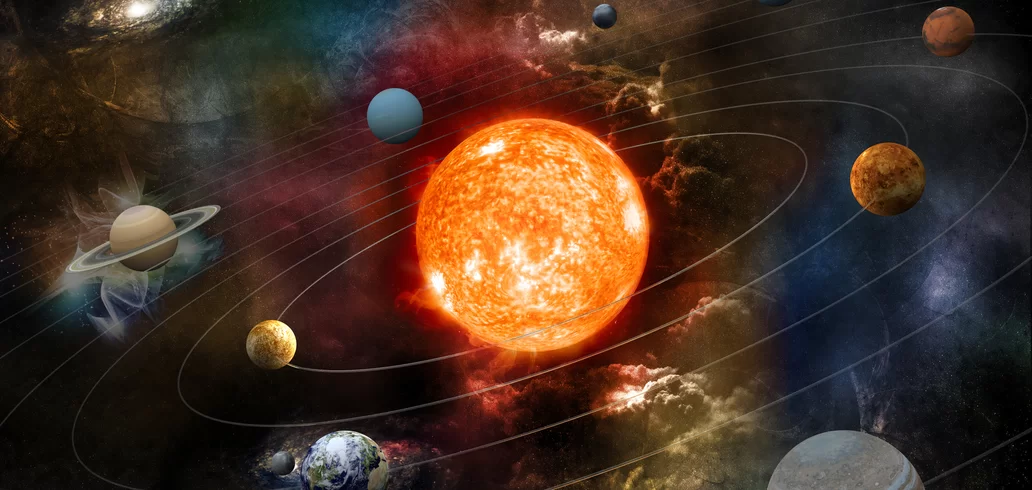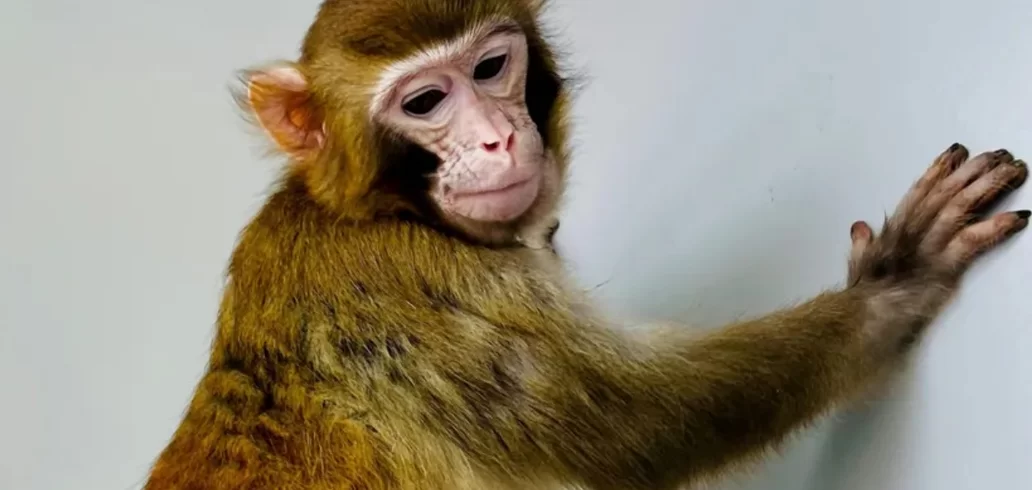Curiosities
Why do some people have a terrible sense of direction?
Advertisement
1. **Individual differences:** Just as some people are good at math while others are better at language, a person's sense of direction can vary from person to person due to individual differences in cognitive abilities.
2. **Genetic factors:** Studies suggest that the sense of direction may have a genetic basis, meaning that some people may have a predisposition to be better or worse at navigation.
3. **Lack of Practice:** Sailing and developing a sense of direction are skills that can be improved with practice. If someone does not have many opportunities to practice or has never had an interest in learning to sail, their sense of direction may suffer.
4. **Spatial Orientation:** Some people have a natural ability to understand and manipulate spatial information, such as mental maps, directions, and distances. Others may have difficulty visualizing and understanding these concepts.
5. **Distraction:** Sometimes people can be so distracted by other things that they don't pay attention to signs and landmarks that would help them find their way.
6. **Anxiety:** For some people, anxiety can affect their ability to orient themselves, making it harder for them to process spatial information and focus on directions.
7. **Technology Dependence:** With the prevalence of GPS navigation devices, some people may have become dependent on these devices and therefore have not adequately developed their own sense of direction.
In summary, the sense of direction is a complex skill that can be influenced by a combination of genetic, environmental, behavioral and social factors.
Cultural influences on navigation
Cultural influences play a significant role in how people navigate and orient themselves in space. Here are some ways in which culture can influence navigation:
1. **Seafaring traditions:** In some cultures, seafaring is a skill that is valued and taught from an early age. For example, in seafaring cultures such as Polynesia, traditional ocean navigation is a fundamental part of cultural identity and is passed down from generation to generation.
2. **Local wayfinding systems:** Different cultures may develop local wayfinding systems based on specific geographic features, such as mountains, rivers, stars, or even natural or man-made landmarks. These systems can influence the way people give and receive directions.
3. **Use of cultural landmarks:** In some cultures, cultural landmarks, such as historical, religious, or cultural landmarks, may be used for orientation. For example, in an old city, people may use an old church as a landmark to orient themselves.
4. **Traditional Technology:** In cultures where modern technology is not widely available, people may rely on traditional navigation methods, such as knowledge of winds, currents, and weather patterns, or use instruments such as compasses, astrolabes, or stars to orient themselves.
5. **Cultural narratives:** A culture's stories, myths, and legends can include narratives about travel and exploration, influencing how people perceive and relate to the space around them.
6. **Urbanization and urban planning:** In urban areas, urban planning, architecture, and infrastructure can influence how people find their way around. For example, numbered streets, grid patterns, and distinctive architectural landmarks can make navigation easier or more difficult.
In summary, cultural influences on navigation are diverse and varied, reflecting the unique traditions, practices and perspectives of different human groups regarding space and orientation.
Mind maps and modern navigation
Mind maps play an important role in modern navigation, even with the advent of digital technology and global positioning systems (GPS). Here are some ways in which mind maps are still relevant:
1. **Understanding the environment:** Developing a mental map of the surrounding environment is essential for effective navigation. Even with the use of GPS devices, having a visual and mental understanding of the area can help people orient themselves and make more informed navigation decisions.
2. **Route Planning:** Before a trip, many people still prefer to map out the route they intend to take in their minds or on paper. This may involve identifying landmarks, alternative routes, and areas of interest along the way.
3. **Orientation in remote areas:** In areas where GPS signals may be weak or unavailable, mental maps become even more important. People exploring remote regions, such as mountain trails or wilderness areas, rely on mental maps to navigate safely.
4. **Flexibility:** Mind maps offer a flexibility that GPS devices may not have. They can be instantly adapted to include new information, such as changing traffic conditions, temporary construction, or unexpected obstacles.
5. **Developing a sense of direction:** Developing and using mental maps contributes to the development of a person's sense of direction. This involves understanding the relationship between different geographic points and the ability to orient oneself without relying exclusively on technology.
However, it is important to recognize that mind maps can vary in accuracy and reliability from person to person. Some people have a natural ability to create and maintain accurate mind maps, while others may need more practice and experience to develop this skill.
Ultimately, mind maps continue to play a fundamental role in modern navigation, complementing and in some cases even surpassing digital technology in certain situations.
Trending Topics

Arbeiten in Deutschland: Die besten Branchen mit Top-Gehalt
Dann bist du hier genau richtig! In diesem Artikel zeigen wir dir die gefragtesten Branchen, typische Berufe und was du im Schnitt verdienen kannst.
Keep ReadingYou may also like

Few people know: Fedex pays US$$19/hour for accessible functions
Discover how FedEx offers hourly pay of up to $$19, with real benefits, job security, and growth opportunities.
Keep Reading


